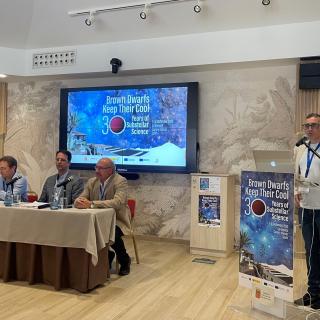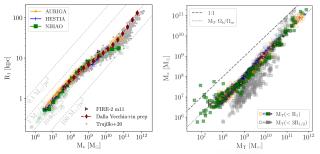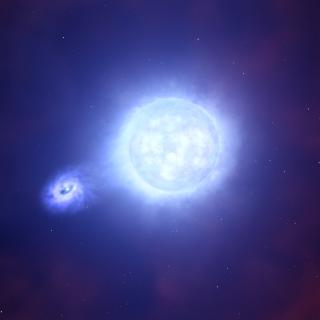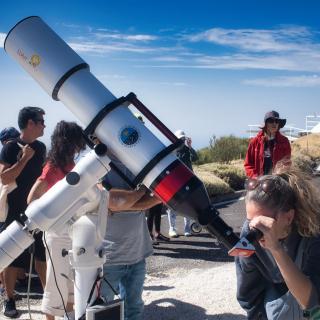
El Hotel Jardín Tecina de La Gomera ha sido la sede del congreso internacional “Brown dwarfs keep their cool. 30 years of substellar science” , organizado por los investigadores del Instituto de Astrofísica de Canarias (IAC) Nicolas Lodieu y Victor J. S. Bejar, que ha reunido esta primera semana de septiembre a expertos de todo el mundo en el campo de los objetos subestelares. El encuentro conmemora el 30 aniversario de un descubrimiento histórico que marcó un antes y un después en la Astrofísica: la detección de las primeras enanas marrones. El acto inaugural contó con la presencia de
Advertised on




